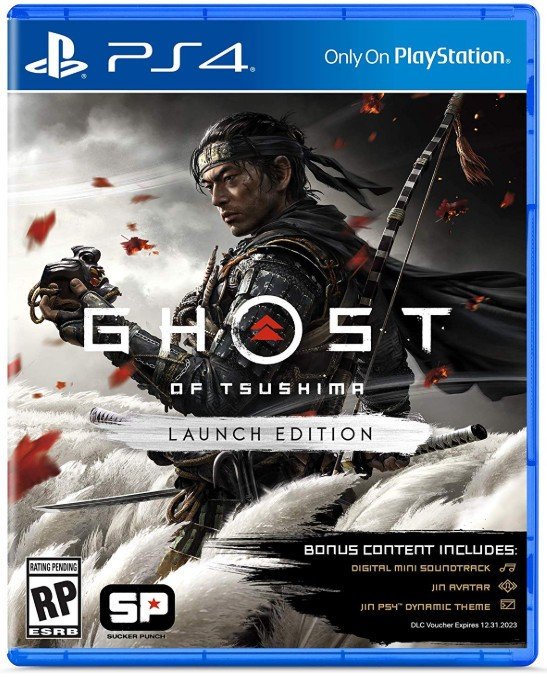Ghost of Tsushima interview: On why the game doesn't have waypoints, inspirations, and more
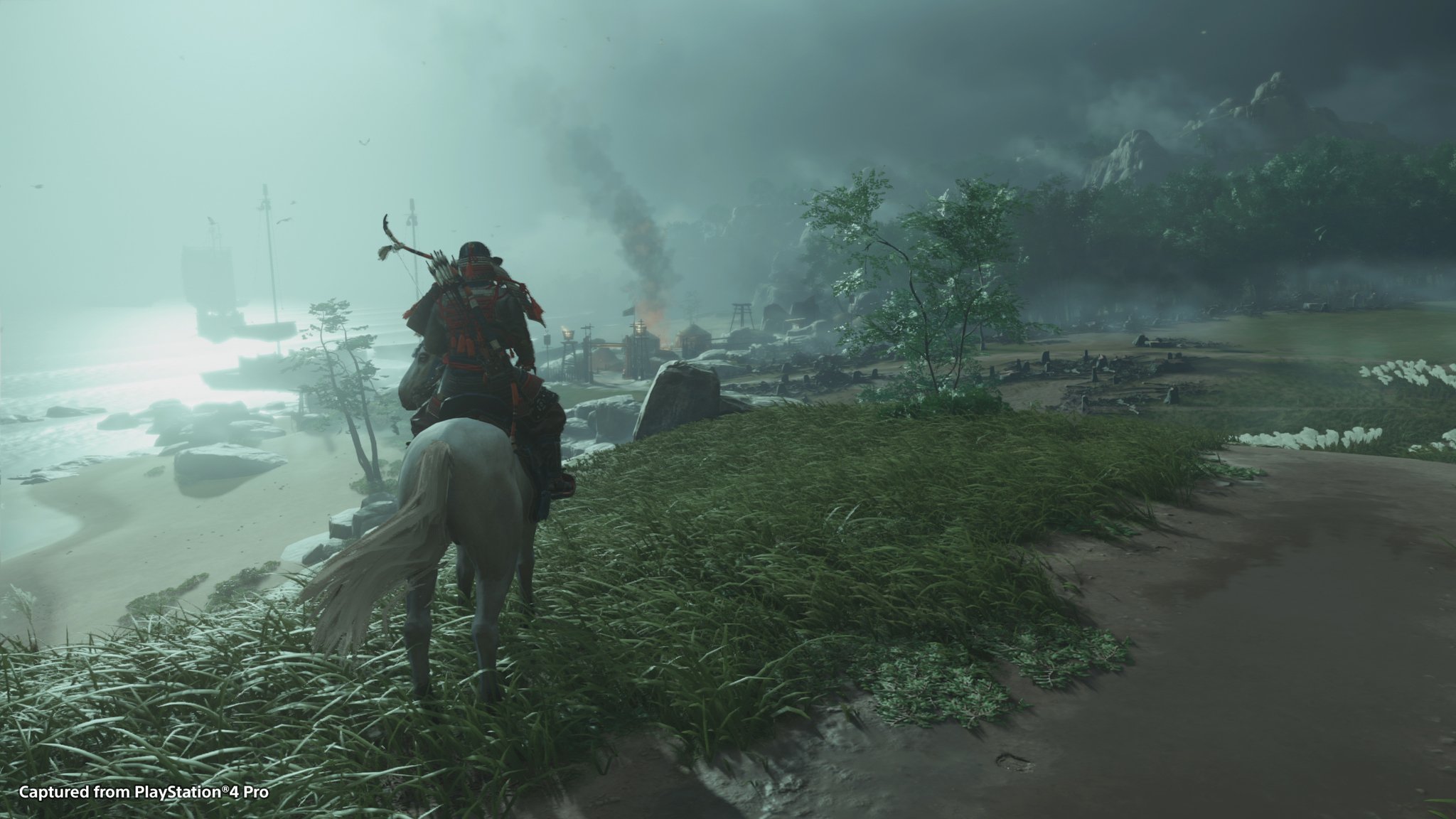
Players recently got an extended look at some of the gameplay and customization in Ghost of Tsushima in an 18-minute State of Play dedicated entirely to Sucker Punch's upcoming title. I had the chance to speak with Creative and Art Director Jason Connell about how the team is adapting to its new work-from-home environment, how they balanced its stealth and combat gameplay, how the Guiding Winds came about, what players can expect from its pacing and progression, and more.
Android Central: Was it daunting to work on a new IP right now, and were you ever worried about comparisons to other games? I know some people have compared it to Assassin's Creed in feudal Japan. How do you feel about those comparisons?
JC: I think that they're always comparisons, and it doesn't affect me as a creator. In fact, if people see comparisons, it's either because they like or dislike something, they just have an opinion and that's okay with me. It never really worried me. In fact, when we set out to make a samurai game, that was quite a while back when we started working on this project and there weren't really a ton of samurai games. And especially, it's still true that there's not been any that give you this massive world to explore and have a sense of freedom and adventure.
There have been samurai games that have come out, and that hasn't worried me. It's more inspiring than anything else because those games are all good. And it just sort of gives you fuel to create a uniqueness to your game. I will say that the open worldliness is a huge part of what makes our game unique in the samurai space. In the open-world space, I think that our game has a bunch of unique features. And we showed a bunch of them off, like following the wind or other nature visual elements that help guide your way through the world. And that is something that I think stands out for our game.
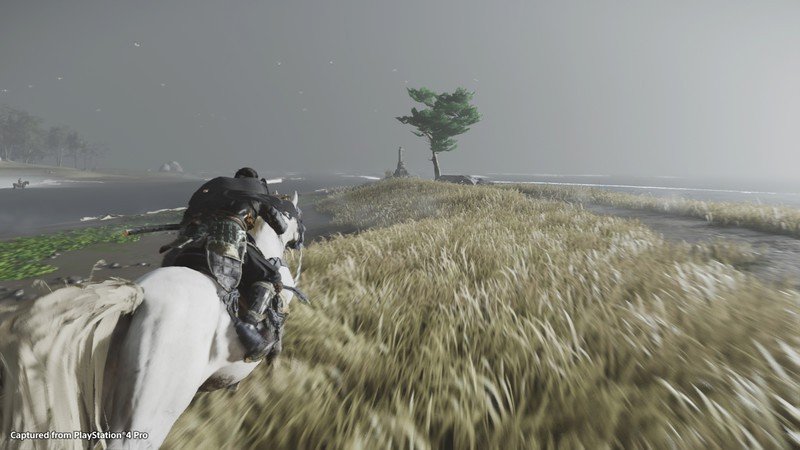
Speaking of the wind, how did you go about designing the Guiding Winds and how are you balancing that with the accessibility needs of some other players? Will there be traditional waypoints?
JC: The way that the wind kind of came about was a really sort of an aesthetic, thematic part about the world first. Almost like the first month of this project, talking about art direction goals, and we're like, 'OK, well, what if we made an entire game that everything moves.' Taking reference points from a Kurosawa film with motion movement.
But also, once we did our early research on this project, knowing that there's historical influences and reasons why the wind was a big part of the actual events that happened there. As they say that this wind storm came through and swept the Mongol invading army boats back out to sea and sort of defended the island, which is this really poetic and interesting part of history. So it makes it even more interesting to put it in. So that was the visual goal.
Get the latest news from Android Central, your trusted companion in the world of Android
How can we keep people immersed in this world instead of just more compasses in mini-maps on the screen.
A couple of years later, we had that all working, and we started thinking about how can we keep people immersed in this world instead of just more compasses and mini-maps on the screen. Then, it became a design philosophy for the game, and that's when we were like, 'Hey, well, the wind works on everything. Why don't we try that? It seems like a cool thing. We should give it a go.' I think it was like in one week we had it working almost flawlessly. Then it kind of expanded and now it's not just a way to get to something you're tracking. You can also use it to find hidden secrets. It tells you to go a certain way to try to find some rare collectible. There are multiple uses of it for discovery.
When you're in the game, there's not your traditional kind of a waypoint system or mini-map system that constantly is up in your face. As you get a little bit closer to your objective, it shows a little bit of a kind of an icon in the world to indicate that you've reached this particular destination, and you can pull the map up at any time. There's obviously pins and waypoints inside the map, where you can kind of navigate around a little bit. But our goal and our mission were to actually keep the screen as clean as possible as you're going throughout the world. There are some options in the menus to kind of customize it a little bit to make it a more minimal experience if you're wanting that.
You mentioned Kurosawa is a big inspiration. How difficult was it to tell an original Kurosawa-esque stylized story in this setting, despite being based on real historic events? Are there surprises that'll keep it from being a forgone conclusion?
JC: First and foremost, we're creating something for entertainment purposes, an original story, even though we use this super interesting point in history as a historical jumping-off point. But after that, it sort of becomes its own thing. It becomes its own unique and original story. Some of those references that we all know and come to love, whether it's as modern and as wide appeal as it is like something like Star Wars, or as unique and niche like a Kurosawa film, or maybe the more modern Takashi Miike's 13 Assassins. All of these have touchstones. That's the stuff that we really kind of start drawing from when we create the original story.
I don't think we found it very difficult to craft the story. I think the hardest part was just learning everything we need to learn along the way to make sure that we're doing some sense of faithful representation of the culture that we're trying to tell the story in.
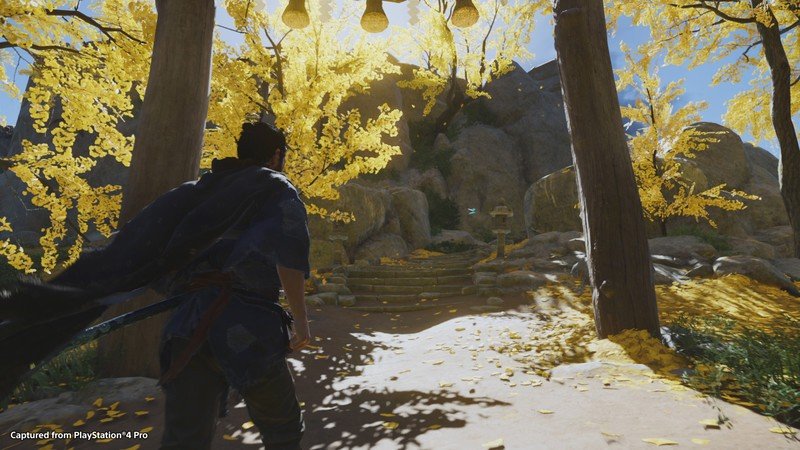
After watching the State of Play, I'm very interested in the stealth elements of the game. How do you balance that between the combat? Can you play it entirely without fighting a majority of enemies or are you pushed towards traditional combat in some scenarios?
JC: The story is about Jin Sakai, who his entire life has been this samurai. He's raised as a samurai as a young boy, and then, as he's gotten older, he's continued his training as a samurai. Then this event happens, these invaders come, his island is sort of turned upside down. His home, this place that he loves very much is threatened. His way of life is threatened. So he sort of has to sacrifice some of the things that he's grown up with, things that are important to him philosophically. He's sort of sacrificing some of these in order to be effective against this new enemy. And he has people on both sides of this reflecting to him, 'Hey, you know, this is a good thing. You're doing what you need to do. You're actually helping people. Don't listen to them.' The other side is saying 'Hey, you know, death before dishonor. What are you doing? These are shameful acts.'
So the story is really about that transformation from him to becoming the ghost. So it's inevitable that early in the game that he is more samurai-like, and as he begins to unlock some of these more stealth-like tactics and features. It's certainly a little bit more plausible that you can play through the game without just jumping into a combat brawl as a samurai. But you know, even as the ghost there are still a lot of situations which will require not just sneaking around, but possibly assassinating people.
Is the entire world explorable from the get-go? Are there areas where you're going to be underpowered or you may not want to take on a certain challenge near the beginning of the game?
JC: I'll answer that in two ways. One, there is some setup. There's a big story here we want you to experience. There are some interesting and very important characters that are along the ride with Jin on this journey. I think they're very, very important, and you need to understand their perspectives. So there is a bit of a setup before we just kind of release you to do whatever you want. That's an important sort of narrative stakes of the world thing. Understand Jin a little bit before we kind of let you loose.
We really want people to get lost in the grandeur of exploring this big island.
And then, once you are in the open world, it's pretty open. We really want people to get lost in the grandeur of exploring this big island, so we don't really want to gate you constantly every hour every or every two hours, for example. It's really important that we let you just kind of go and roam free and explore. However, there are some areas where the enemies are tougher. They are, you know, higher level, if you will. They will challenge you in a way that maybe you haven't seen yet. And that happens a couple of times throughout the game.
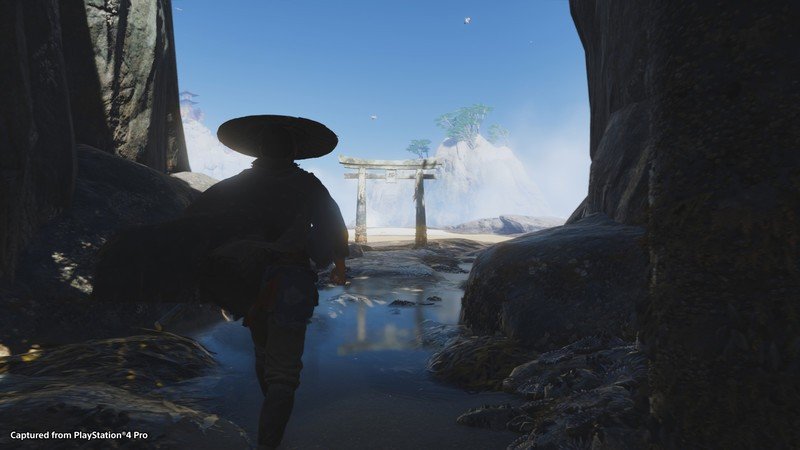
Did you or anyone on the team ever go to Tsushima Island in real life during development?
JC: Yeah, actually, one of the first things we did, we pitched the game to Sony Japan and they were really excited about it. They were very supportive. We asked them for feedback and they gave more than feedback. They actually helped us, they said 'Hey, why don't you come to Japan and we'll give you a tour?' So we had two, maybe three trips, five to six people each time. I got to go along with a couple of other team leads, different particular teams like art teams, character teams. And we got to go to like a 10 or 11-day trip. We had a historian with us, we had producers from Sony Japan studio, and they took us around Japan as a whole, not just Tsushima. They took us to mainland Japan, obviously Tokyo first and then we went to central Japan, which is this beautiful countryside. We got to go hold katanas — like actually hold them as they're being forged.
Then we went to Tsushima Island. We actually got to go to Komodahama beach, which is nowhere near what it was a long time ago. It's been turned into farmland. But we got to go sit near the commemorative shrine area where the invasion happened, which was really quite surreal.
The game is very historically inspired. Are there any mythological aspects to it or are you just keeping it strictly more grounded?
We don't really want to undermine it by having too much other big fantastical elements.
JC: One of the things that I think is unique about the game is that if you look at a lot of the other games in our space, especially samurai games, a lot of them have this, frankly, cool element to them, which is like folklore, mythological creatures, and Yokai and all those kinds of things, and that makes those games kind of unique and stand out on their own.
In our game, you won't be seeing that kind of stuff. Our game is an attempt to create a very human, grounded experience. We really want you to understand Jin's story through this war and his struggles and sacrifices. He goes from being a samurai to becoming the Ghost of Tsushima. And that is a bit of an epic narrative journey that we don't really want to undermine it by having too many other big fantastical elements to pull you away from that drama.
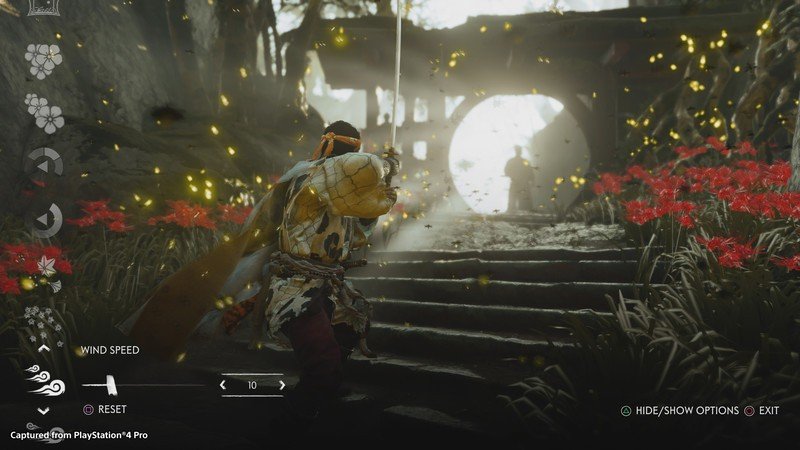
Are there plans for a PS5 release?
JC: Right now we're 100% focused on making sure that the game is the best game it could possibly be for PS4 on July 17.
DLC plans at all?
JC: Again, we're just focused on making sure that the PS4 one is just perfect in every way possible.
Are there gonna be any puzzle platforming sections to add some variety to its gameplay?
JC: There are a number of epic mountain shrine climbs that are unique puzzles and traversal challenges. We've shown a grappling hook in the past. It's a great traversal tool that can let you ascend quicker and there are some areas that you can't get to if you don't have the grappling hook. There are certainly some kind of navigational puzzle challenges to some areas of the world. And that is actually part of exploration, right? Like if I see a cool mountain from another mountain, like, 'Oh, I want to get at the top of that mountain.' And then when you get to the bottom of it, there's clearly a way to get up and you kind of have to sort of figure it out.
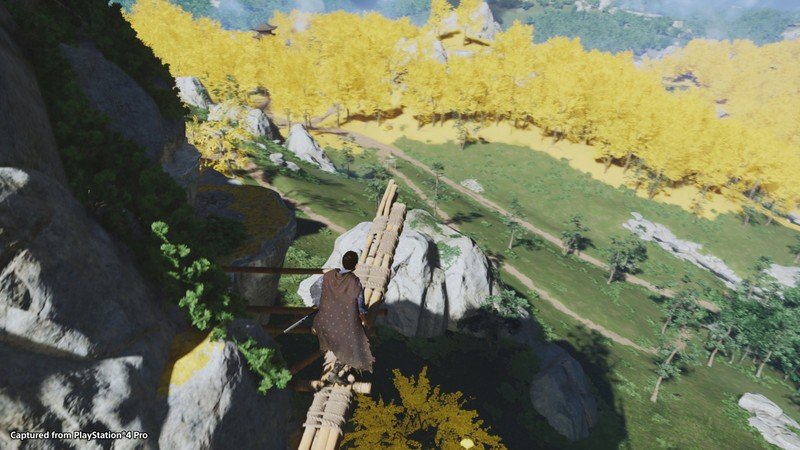
What specific media did you take inspiration from other than just old Japanese samurai films? Were there specific books or games that you went to for inspiration as well?
JC: Usagi Yojimbo was a big one for me. Lone Wolf and Cub is another one. I love samurai games. I also just love melee games in general. I'm a big fan of games like The Witcher and then also, very different. but Bloodborne is one of my favorite games of all time. But in terms of the way that the world feels from the exploration side of things, I think I take a lot of inspiration from Shadow the Colossus and games like Zelda. Shadow of the Colossus has that awesome sword feature where you hold the sword towards light and it kind of tells you where to go. I was like, 'This is an amazing feature to guide you where to go next. What is our feature?' And that's the wind.
This interview has been condensed and edited for clarity.

Jennifer Locke has been playing video games nearly her entire life. You can find her posting pictures of her dog and obsessing over PlayStation and Xbox, Star Wars, and other geeky things.
